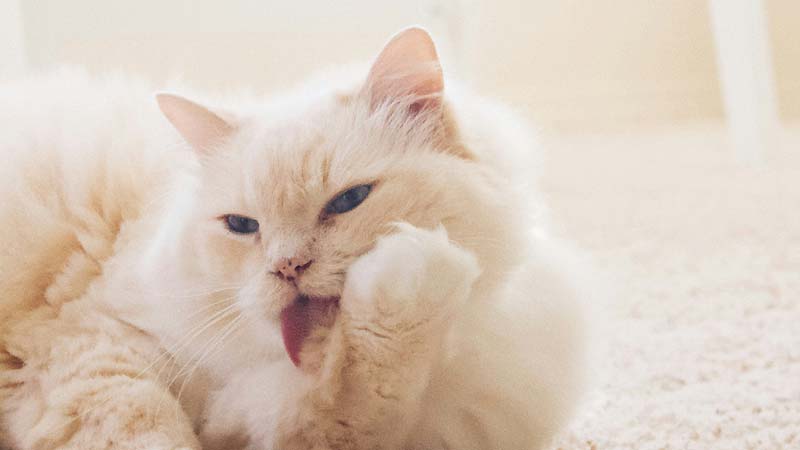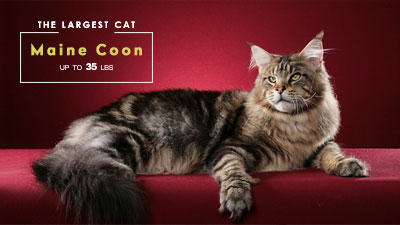Why? Cats Love Grooming and Being Groomed

Photo by Joyful on Unsplash
Cats, those graceful and fastidious creatures, delight in keeping themselves impeccably clean. Their meticulous grooming rituals not only serve a practical purpose but also play a significant role in building social bonds with their feline companions and human caregivers.
In this article, we will delve into the intriguing world of feline grooming, explore the reasons behind their love for self-care, and understand the profound impact grooming has on their overall well-being.
Here are a few reasons cats dedicate so much time to grooming:
The Beauty of Self-Care: A Cat's Inherent Instinct
Scrutinizing the meticulous grooming antics of cats reveals an innate instinct passed down through generations. Grooming is deeply ingrained in a cat's nature, instinctively acquired from their ancestors to maintain cleanliness and survival in the wild. It is a ritual that not only ensures their physical hygiene but also provides mental and emotional comfort.
Perfecting the Art of Self-Grooming
When observing a cat engage in self-grooming, it quickly becomes apparent that it is both functional and pleasurable. Using their specialized tongue bristles and front paws, cats meticulously clean their fur, removing dirt, excess oils, and debris. This self-grooming ritual not only aids in temperature regulation but also promotes circulation and distributes natural oils throughout their coat, resulting in a healthy and shiny appearance.
The Bonding Power of Mutual Grooming
Grooming is not solely a solitary activity for cats; it also plays a vital role in social bonding. Mutual grooming, known as allogrooming, is a behavior displayed among cats living in the same social group. By engaging in reciprocal grooming, cats establish and strengthen social bonds, showcasing trust, and fostering a sense of camaraderie among them. This behavior is commonly observed in cats living together, especially littermates.
Grooming as a Display of Affection towards Humans
Beyond their interactions with other felines, cats also exhibit grooming behavior towards their human caregivers. When a cat licks its owner's hair or skin, it is a gesture of affection and trust, akin to allogrooming. This act not only reinforces the bond between cats and humans but also serves as a means of communication, expressing contentment, and seeking attention.
The Emotional Well-being Benefits of Grooming
Grooming serves a purpose beyond the physical realm; it also has significant emotional benefits for cats. The act of grooming stimulates the release of endorphins, creating a sense of relaxation and pleasure. It serves as a stress-relieving activity, particularly during times of anxiety or conflict, helping cats alleviate tension and regain emotional balance.
The Role of Grooming in Maintaining a Healthy Coat and Skin
Regular grooming is vital for maintaining a cat's coat and overall skin health. By removing loose hairs, preventing matting, and keeping the skin clean, cats reduce the risk of skin irritations, infections, and hairballs. Additionally, grooming allows pet owners to detect any abnormalities or signs of illness, such as skin lesions or parasites, so they can seek appropriate veterinary care promptly.
The Art of Assisting in Feline Grooming
Being an active participant in a cat's grooming routine not only strengthens the bond between a pet owner and their feline companion but also facilitates optimal feline hygiene. Brushing a cat's coat not only aids in removing loose hair and preventing matting but also provides a soothing and pleasurable experience for both parties involved. However, it is crucial to use appropriate grooming tools and techniques while respecting the cat's comfort and limits.
Addressing Grooming Challenges and Special Considerations
While most cats thoroughly enjoy grooming, there are instances where grooming challenges may arise. Cats with long hair may require more frequent and specialized grooming to prevent matting and fur-related issues. Additionally, senior cats or those with mobility issues may require extra assistance in maintaining their grooming routine. Understanding these challenges and addressing them with patience and care ensures the overall well-being of our feline friends.
Conclusion:
Grooming is an integral part of a cat's life, catered simultaneously to their physical, mental, and emotional well-being. Through self-grooming, cats exhibit their inherent instinct for cleanliness, while mutual grooming builds social bonds within feline communities. When cats extend their grooming behavior towards humans, it symbolizes trust, affection, and a desire for connection.
Recognizing the profound impact grooming has on cats' overall health and happiness, it is essential for pet owners to provide a conducive environment and suitable grooming assistance. Regular grooming not only maintains a beautiful and healthy coat but also strengthens the bond between cats and their caregivers.
By appreciating and participating in their grooming rituals, we can honor the unique behavioral patterns and daily routines of our beloved feline friends, fostering a harmonious and fulfilling relationship.
You May Also Like
 Breed Reviews10 Best Cat Breeds for First-Time Owners
Breed Reviews10 Best Cat Breeds for First-Time Owners Cat Behavior & TrainingLoving Them Right: Let Cats Play!
Cat Behavior & TrainingLoving Them Right: Let Cats Play! Cat HealthHow Are Indoor Cats Get Infected?
Cat HealthHow Are Indoor Cats Get Infected? Cat GroomingTips and Tricks on How to Take Care of Your Cat
Cat GroomingTips and Tricks on How to Take Care of Your Cat Ranking Lists10 Largest Domestic Cat Breeds (Ranked)
Ranking Lists10 Largest Domestic Cat Breeds (Ranked) Breed ReviewsThe 10 Best Cat Breeds for Cuddling
Breed ReviewsThe 10 Best Cat Breeds for Cuddling